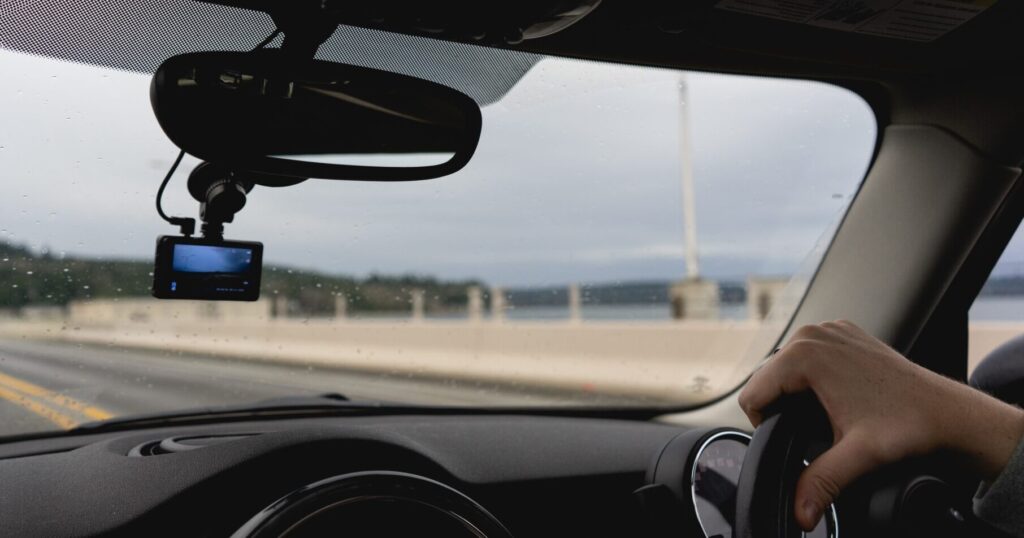We always advise reading the manual—or, at the very least, the quick-start guide—when installing products, and dash cams are no exception. Certain dash cams may also offer app-assisted installation to guide you every step of the way. Once you’ve unboxed the camera and have all of the necessary parts in front of you, the first step is dash cam placement.
Ideally, you want to place the dash cam on your vehicle’s dash where it has the best view. Single-camera dash cams have more freedom of placement based on whether you’re recording in front, behind, or inside the car. But multi-camera dash cams should be placed with the best view for all recording angles.
Generally, the best dash-cam placement spot is high on the windscreen and just below the rear-view mirror. This allows an uninterrupted view upfront and, for multi-camera dash cams, provides a great angle inside and/or behind the vehicle. Wherever you place it, ensure the dash cam is in a spot covered by windscreen wipers so that it can record clearer footage when it’s raining. After placement, the next trick is running the power cable.
You can take the most efficient path and drop the cable from the dash cam to the 12-volt power outlet. But that can create potential snags and it doesn’t look as clean as running the cable around the top side of the windscreen, down the side near the glove box, then around and beneath the car dash. If your vehicle has a dash mat, this is also a great option for hiding a dash cam cable; it can also help if your dash cam doesn’t quite have the cable reach that allows for longer routing.
